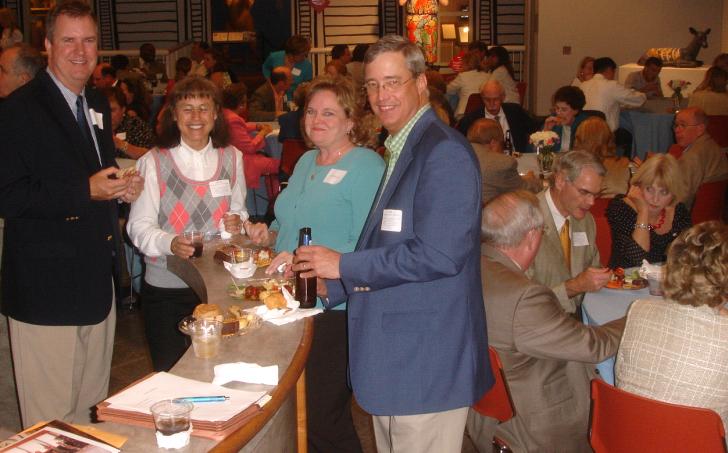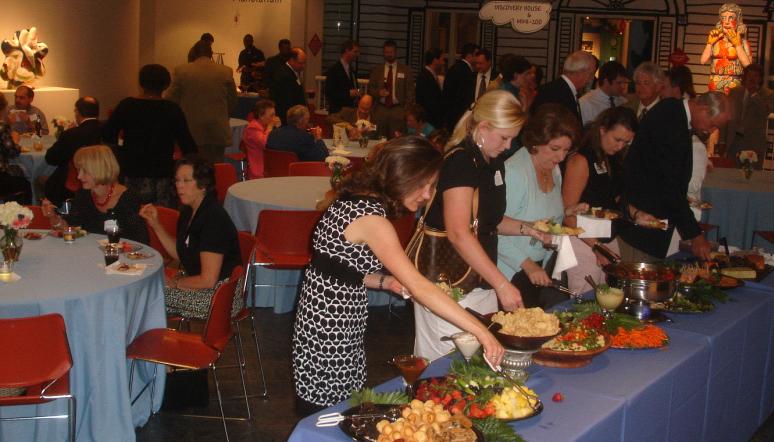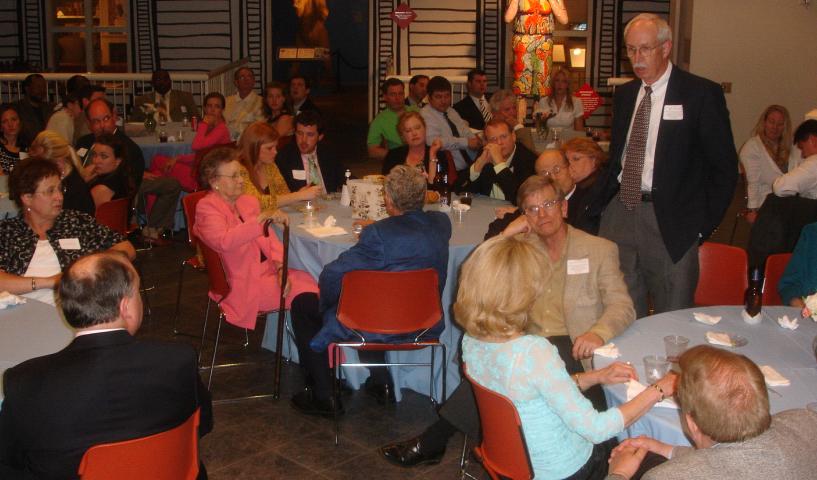|
N. Tyrus Ivey, DDS
1902 Forsyth Street
Macon, Georgia 31210
March 24, 2008
Dr. Michael Glick, DMD
Editor, JADA
211 E. Chicago Avenue
Chicago, IL 60611
Dear Dr. Glick,
I read with
interest
your commentary in the March 2008 edition of JADA, “Lessons
Learned – Implications for Workforce Change,” which was
co-authored by Dr. O.T. Wendel. I wondered what the giants of our
dental past both known and unknown would have thought. These
visionaries brought us from the ranks of tradesmen pulling teeth in
second floor walk ins to the honored health profession that we and
our patients enjoy today. The main question that comes to mind is how
much of our scope of practice that these gentlemen fought
so
hard to build can dentistry give away without reverting to trade
status?
The basic premise of your
“commentary” seems to be that we must emulate the medical model
if we are to deliver oral health care in the 21st century.
The commentary raises many questions which are not addressed in the
policies of the American Dental Association. If embracing the
medical model is so powerful, why is it that most of the grassroots
dentists in this country believe and are being led to believe by the
leadership of our Association that we have been fortunate in the last
twenty years because we have avoided the mistakes that our medical
colleagues have made in dealing with scope of practice issues and the
loss of the doctor as the primary provider of health care to
patients? Weren’t we proudly the only health profession lobbying
to be excluded by the Clinton Health Plan in 1993?
While your opening remarks
forecast a
dramatic increase in demand for dentistry in the next decade, the
American Dental Association has been stating to its leadership and
councils for the last 10-12 years that we do not have a shortage of
dentists in this country. We have stated over and over again that
our only problem is a mal distribution of dentists and that we had
adequate manpower to meet the needs of the public for the next twenty
years. In fact, Dr. Jack Brown speaking for the ADA has emphatically
stated that if we did anything to increase the number of dentists in
this country, we could do something that could have potentially very
negative effects.
The leadership of the ADA has in
fact
dismissed any suggestion that we train more dentists, but now
suddenly we need mid-level providers who are going to provide
dentistry. The question must be asked, what difference does it make
what you call the person filling your tooth? Dental manpower is
dental manpower regardless of the name. Depending on the model,
the scope of the midlevel provider is planned to be far reaching to
the point of including extractions and restorations. (Of interest to
all is the proposed Advanced Dental Hygiene Practitioner legislation
in the Minnesota Legislature this year. This model advanced by the
American Dental Hygiene Association totally rewrites the educational
training program for dentistry.) Strangely, when the Association
was preaching that we did not have a manpower shortage, it sat by
eight years ago when the U.S. Public Health Service decided to launch
an initiative to train high school graduates in 18 months to perform
unsupervised dental care in the outer reaches of Alaska. While the
Association ignored initial notification that something was going on
in Alaska, it is hard to determine how we could not have known. A
Google trip to the web sites of the Public Health Service and pages
dealing with the Alaska Dental Health Therapist will allow you to
document the genesis of this project which is now in full swing in
the United States of America and coming soon to a state in the lower
48 near you.
It is very likely that the
average
dental practitioner will be amused by the comfort that you offer in
your editorial on page 234, col. 1. We often see similar statements
in advertisements from the insurance industry. You state that these
new mid level providers will give patients access to affordable, high
quality, comprehensive oral health care. First, these mid level
providers will require dentists to supervise their actions. If there
are no dentists in these underserved areas what are the plans that
will allow the mid level providers to function there? How long can
we hide behind the ruse of teleconference oversight before these
midlevel providers decide that they should have independent
practice? When you call for new state laws to deal with the new
“stratified oral health service model” it would appear that we
are seeking to emulate the current medical model where the patient is
constantly confused by a convoluted treatment program where no one
knows who is treating them and for what. The mere statement of
“affordable” and “high quality” makes us wonder. On the PPO
“opportunities” that I receive in my office the primary
qualification that I see that is required of me is my signature on
the dotted line and little else. The concern for making the care
very affordable is how are the mid lever providers going to make a
living if the cost of care is so “affordable?” You do not have
to be one of the best read dentists in the country on dental matters
to know that Wal-Mart and several of the other chains are preparing
to add health care services as a part of their product line. The
only way these entrepaneurs can achieve maximum success in dentistry
is by the use of mid-level providers. Apparently from the thoughts
of your commentary and the thoughts of the leaders of the ADA, we are
going to create the midlevel provider just in time for their dental
clinics.
My last concern is the call to
arms
for the Community of Educators to redefine the future of dentistry. The
role of dental education historically has been to support the
needs of the profession relative to the technology available for the
average practitioner. Now we see that you would ask the educators to
develop a model that would define the profession rather that the
other way around. How can someone who has never had to make a
payroll or pay the light bill on the hopes that patients will come,
fully understand all of the parameters and requirements of private
practice?
And so we
repeat
again the question, how much of the scope of practice can
dentistry give away without reverting to trade status? The
insurance industry is not happy paying us for dentistry today, it is
doubtful that they will want to pay us much for managing and
diagnosing in the future. Before the Educators and the leaders of
the Dental Profession give away the jobs of the average general
practitioner, a long hard look at the medical past should be weighed
against the medico/dental future that you are proposing. It might
be a good idea if the average dentist in the street had a clearer
picture of the flowery images of his or her job description in the
future that are being portrayed in JADA and the ADA News.
Yours truly,
N. Tyrus Ivey, DDS
Delegate
Central District Dental Society
Georgia
CC: Dr. Mark J Feldman
Dr. John S. Findley
Dr. Jim Bramson
ADA Board of Trustees
|
|




